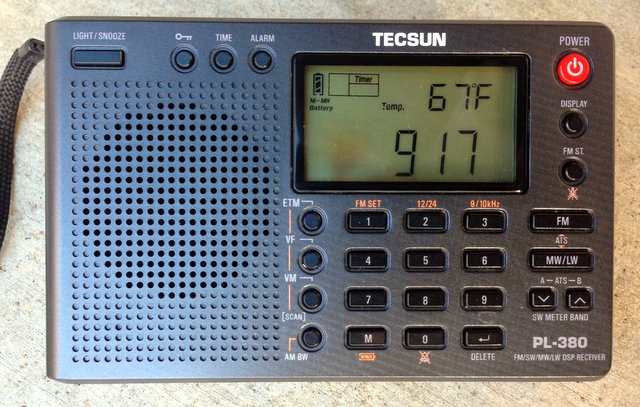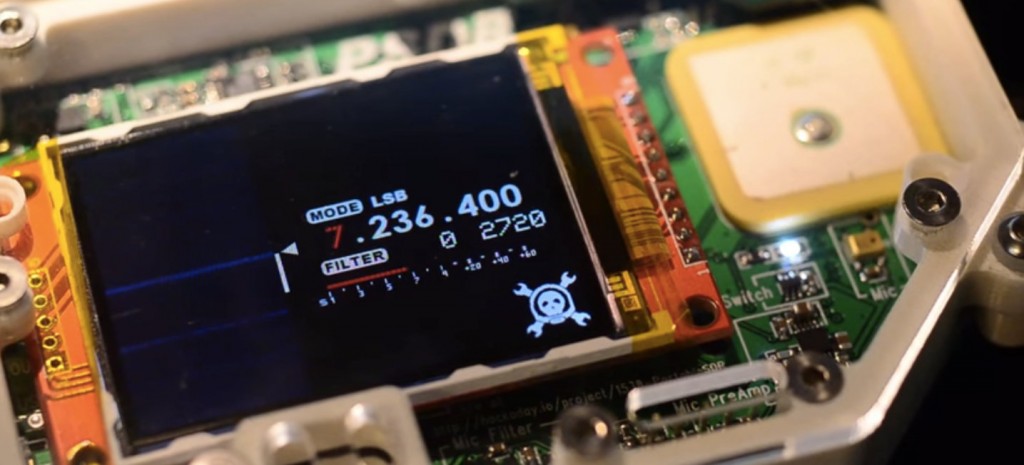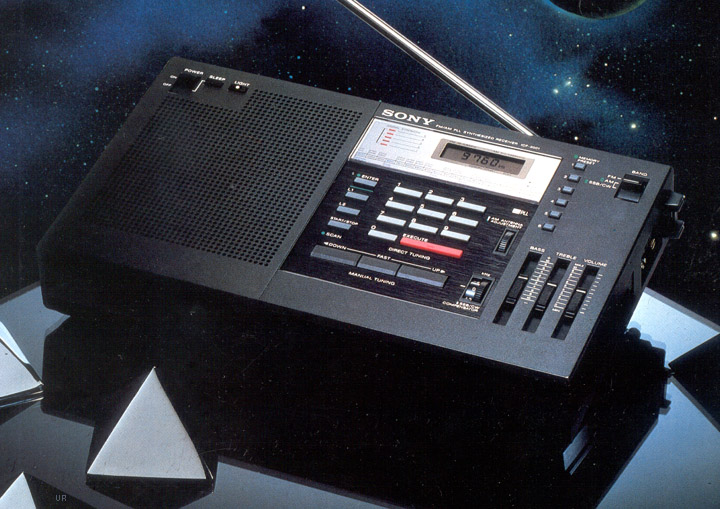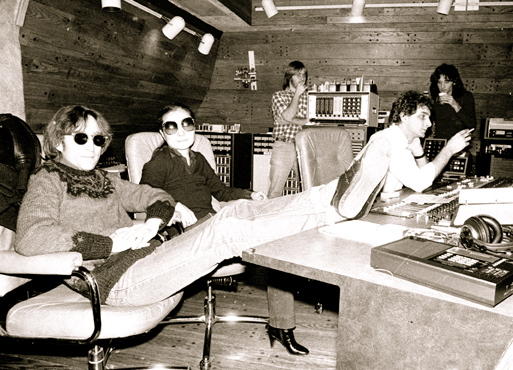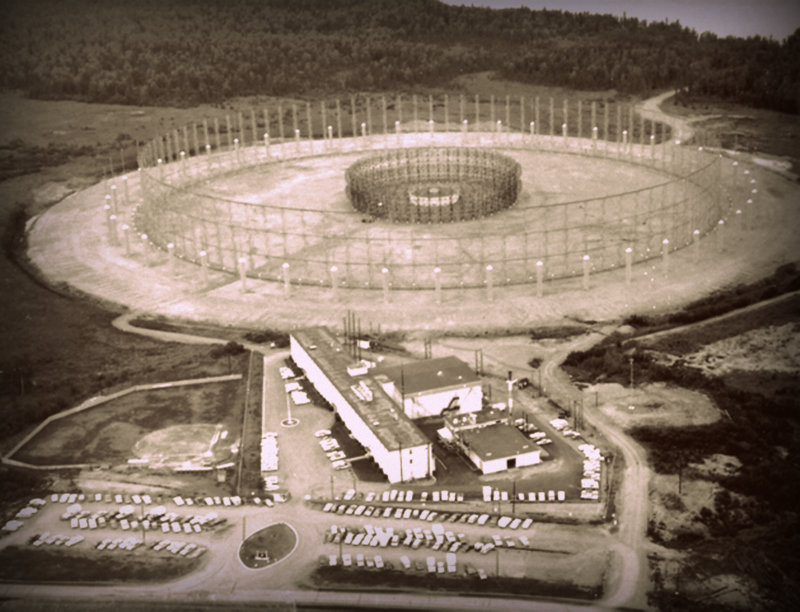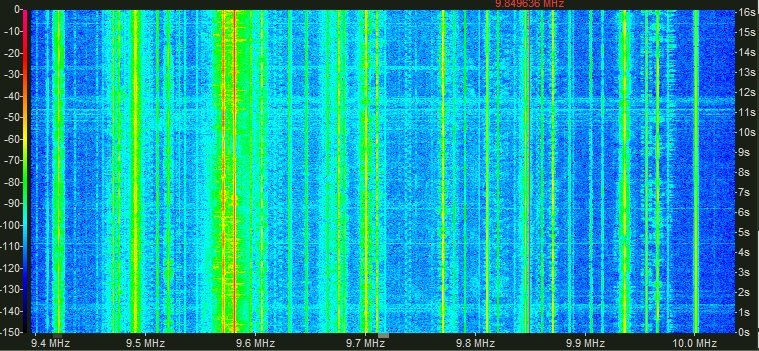
Waterfall display of the 31 meter band last night.
Last night, band conditions were superb above 7 MHz. Both the 31 and 25 meter bands seemed crowded with stations; for a moment, it felt like a true solar peak.
This morning, solar flares have dampened down the excitement but I imagine conditions could favorably change at times this weekend, so stay tuned!
I recorded the entire 25M band for a couple of hours yesterday evening and a large portion of the 31 meter band throughout the night. Fortunately, I had just invested in another Western Digital Caviar Green 3 TB SATA drive, so there was ample space to make these (very) large recordings. I think this brings my overall spectrum storage up to 12 TB!?!
I love the fact that these SDR band captures will make for good listening sometime this winter when the sun isn’t being so cooperative. I liken it to radio time travel, but I believe David Goren (of shortwaveology.net) said it best in a comment he posted in “Confessions of an SDRaholic: when 4.5 terabytes is not enough“:
“My approach to recording SDR band captures is like assembling a collection of fine wines. I tend to record captures when there are unusual propagational openings…and while recording a whole swath of frequencies for an hour or so you can still tune around and make discoveries and even record them singly.. And then once the capture is done, you have it as long as you want to keep it.. So, on a static-y summers day I can go to the shelf and pull down “Ye Olde Auroral MW Opening 10/15/11? or “Hot Bolivian evening on 60 meters.” and I can make discoveries to my heart’s content. Since I can listen to an hour’s worth of each frequency it will take a long time to exhaust the potential of any particular capture, esp. with the ability to refilter and change. multiple parameters of reception.”
See? (I tell my wife) I’m simply building my collection of fine wines!
Below, you’ll find some of the stations I logged last night (actually, this morning in UTC).
Logs:
31 meter band beginning 00:00 UTC, 25 OCT 2014
- 9410 BBC English Nakhon Sawan
- 9420 ERT Open/VOG Greek
- 9455 China National Radio 1 Chinese
- 9470 AIR National Channel Hindi/English (vy wk)
- 9475 WTWW English
- 9510 China Radio International Russian
- 9520 PBS Nei Menggu Chinese AND Radio Romania International Romanian
- 9565 Radio Tupi/Super Radio Deus e Amor Portuguese (QRM from CRI 9570)
- 9570 China Radio International English
- 9586 Super Radio Deus e Amor Portuguese
- 9590 China Radio International Spanish
- 9630 Radio Aparecida Portuguese
- 9645 Radio Bandeirantes Portuguese
- 9660 Radio Taiwan International Chinese
- 9665 China National Radio 5 Chinese or possibly KCBS Pyongyang Korean
- 9690 All India Radio English
- 9700 Radio Romania International English
- 9705 All India Radio English
- 9710 China Radio International Portuguese
- 9730 Adventist World Radio Manumanaw Karen or possibly 9730 Myanmar Radio Burmese
- 9740 BBC English (vy weak)
- 9800 China Radio International Spanish
- 9810 Radio Havana Cuba Spanish
- 9820 Radio 9 de Julho Portuguese
- 9855 Voice of America Tibetan
- 9860 Voice of Islamic Rep. of Iran Spanish
- 9870 AIR New Delhi Hindi
- 9880 Voice of America Chinese (vy weak)
- 9935 ERT Open, VOG Greek
- 9965 Radio Cairo Arabic
- 10000 WWV Ft. Collins
25 meter band beginning 0100 UTC, 25 OCT 2014
- 11520 EWTN (WEWN) English
- 11580 SOH Xi Wang Zhi Sheng Chinese/Cantonese
- 11590 Radio Japan Hindi (vy weak)
- 11620 China National Radio 5 Chinese
- 11640 Radio Free Asia Uyghur
- 11650 China Radio International Chinese
- 11670 Radio Havana Cuba Spanish
- 11695 Radio Free Asia Tibetan
- 11710.7 Radio Cairo Spanish (transmitter noise)
- 11760 Radio Havana Cuba Spanish
- 11780 Radio Nacional da Brasilia Portuguese
- 11825 Bro Stair
- 11840 Radio Havana Cuba Spanish
- 11855 Radio Aparecida Portuguese
- 11870 EWTN (WEWN) Spanish
- 11905 Sri Lanka BC English/Hindi
- 11955 Radio Romania International French
- 12020 VoA Deewa Radio Pashto
- 12025 UNID
- 12070 Radio Cairo Spanish (jammed or transmitter noise?)
- 12105 WTWW Spanish

